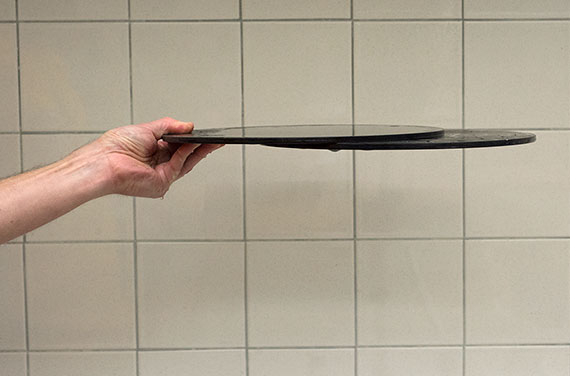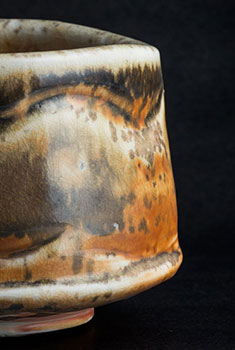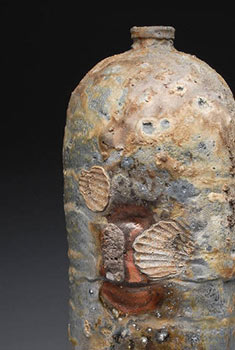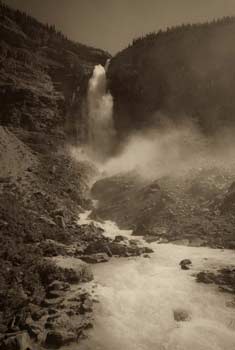- Ceramics
- Artist Pages
- Asian Ceramics & Tea
- Ceramics Artist Links
- Ceramics Links
- Ceramics Terms Glossary
- Agateware
- Banding Wheel
- Bat, Throwing Bat
- Bisqueware, Biscuit Ware
- Blistering
- Blow Up
- Boat Anchor
- Calipers
- Carbon Coring, Black Coring
- Carbon Trap
- Chuck, Chum
- Coil
- Colorants
- Crazing
- Downdraft Kiln
- EPK, Edgar Plastic Kaolin
- Electric Kiln
- Extrusion, Extruder
- Fettle, Fettling Knife
- Force Dry
- Greenware
- Kaolinite
- Kilnsitter
- Overglaze
- Pinholing
- Plucking
- Pug Mill
- Pyrometric Cones
- Raku
- Rib
- Sgraffito
- Shelf Of Shame
- Slab Roller
- Slip
- Test Tile
- Knowledge
- Frequently Ignored Answers
- Photography
- Photographers
- Photo Links
- Raw File Converters
- Camera Simulators
- Color Vision Games
- Frequently Ignored Answers
- Resources
- Contact
Kaolinite
- Kaolinite. Al2O3 • 2SiO2 • 2H2O or Al2Si2O5(OH)4 (alumina+silica+chemically combined water).
-
The pure clay mineral. Kaolinite crystals take on the form of microscopic (from ≈ .2 microns to 50 microns), flat, roughly hexagonal plates that agglomerate into the similarly shaped particles of clay dust that are large enough to see. The small size and flat shape of the clay particles are what give moist clay its plastic nature.
This is the only magic trick I know, that I discovered (once in awhile even I can discover the obvious, which other people have probably been doing for years) one day when I was showing a class why clay acts the way it does:
Using two plastic bats for my clay particle models, I hold them up, one pressed up under the other. In bone dry clay the particles are close together, as there's little to no water in between them, and there's not much holding them together - I let go of the bottom bat and it crashes to the floor. This is why you want to be careful with bone dry pieces - they're fragile. I pick the bat back up. But if the clay is moist, there's physical water between the particles. I wet both bats in a sink, then hold them back up, one again pressed up into the other. The water lubricates the clay particles and makes it very easy for them to slide around - I demonstrate - and it also creates some suction, which helps hold the clay together. I let go of the bottom bat, and voilà! - it sticks, and I can even slide it around a bit without it falling off.

I then pull the bats apart a little to illustrate the water separating the clay particles, and ask students to think about what happens to the clay when it starts to dry out and the particles get closer together. The clay . . . it . . it . . . shrinks!
Okay - well, it keeps me entertained, at least. Kaolinite! So cool!




